The Circuit is a beautiful autobiographical collection of intertwined vignettes about the life of a Mexican migrant child in the 1940s, but it's more relevant than ever today. It’s a quiet, simple story that brings up serious issues we want kids to be thoughtful about. It’s also full of happy, heartwarming vignettes that show a deep love of life and family. The Circuit breaks from our “classic or vintage novel” rule, but it meets our most crucial, inflexible standard: it increases understanding and empathy.

Help yourself to our creative, hands-on activity ideas for teaching The Circuit. We've been teaching children's literature in experiential ways since 2010, and we'd love to help you engage and inspire YOUR kids!
It's astounding how much they'll learn while they're "just" having fun!
When kids get to do things the characters did, they GET IT. With a little guidance, they know why that experience matters. They understand its role in the story, and what secret meaning it has. They see that literature is clever and cool. They get how fun great books are—and they want to read more.
Read on for:
Creative Teaching Ideas
Prep Tips & Printables
FAQ & Support
Learning Links
Our activities are perfect for homeschoolers, co-ops, classrooms, libraries, book clubs, and families.
for use with some of the activity ideas on this page
for teaching The Circuit by Francisco Jiménez
LitWits makes a small commission (at no extra cost to you) on supplies or books you buy through our Amazon affiliate links.
Creative Teaching Idea #1
A table of objects pulled “straight from the story” can lead to all sorts of wonderful discussions and wide-eyed, “aha!” moments. Throughout your teaching experience of this book, pause to discuss and/or pass around relevant props. Items unique to the setting help kids understand “what that was like,” and those symbolic of themes help kids literally grasp big ideas.
Mr. Ito helped Papa get a green card that allowed him to stay in the country legally. The front and back of this green card are included in our printables set. Talking points: Mr. Ito's cross-cultural kindness and compassion, security, what a green card means, the Bracero program, California's history of immigration
Francisco's rescued little grey minnow found a home in a bowl, swimming peacefully alongside the neighbor's goldfish. For source and talking points, see our "Fill and layer a fishbowl with big ideas" activity, below.
A kerosene lamp and some chunks of burnt wood symbolize the fire that destroyed the family's possessions, including Francisco's precious librito. Talking points: major turning points in a story and life, how the fire started, Mama's wise words after the fire
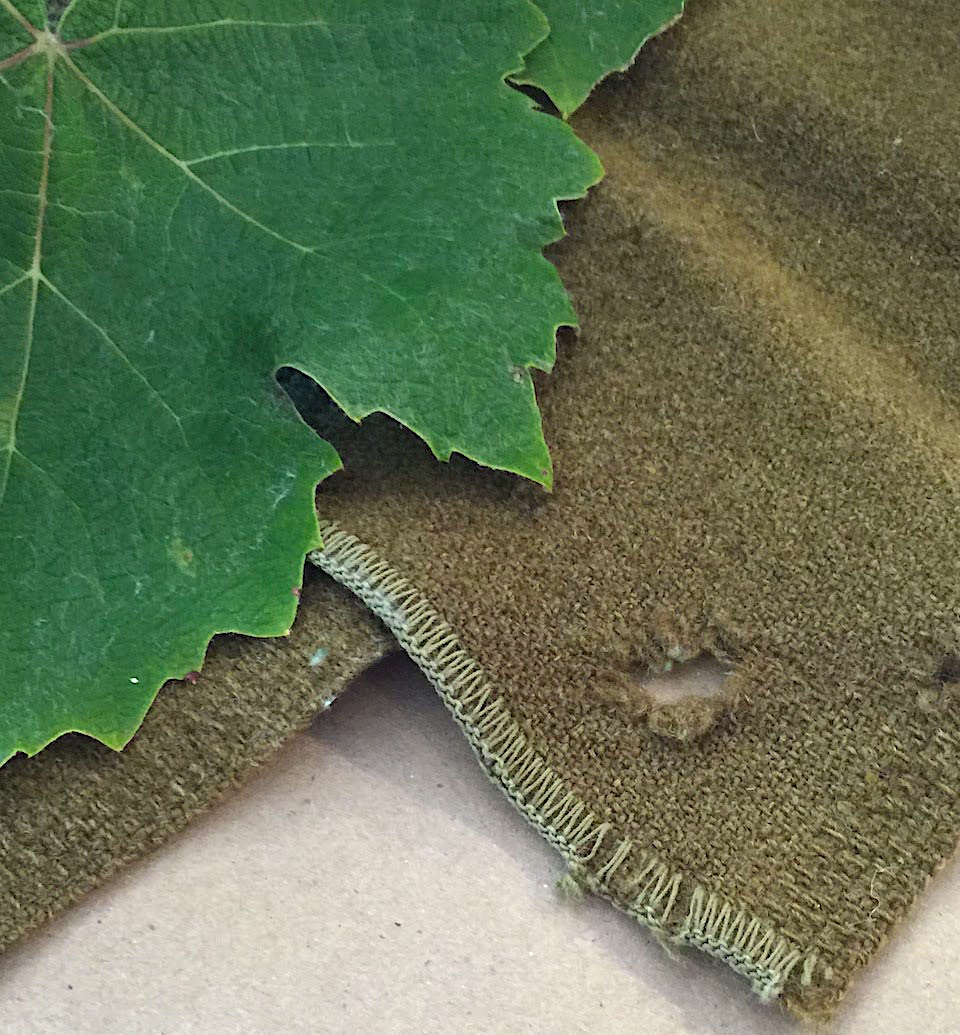
Francisco's family used an old green army blanket for warmth as well as for sitting on during meals and to line the baby's wooden-box crib. This one was our Dad's, from the era (he served in WW2), but you can find a similar blanket on eBay. Talking points: hardship (of war too), poverty, resourcefulness, finding and giving comfort
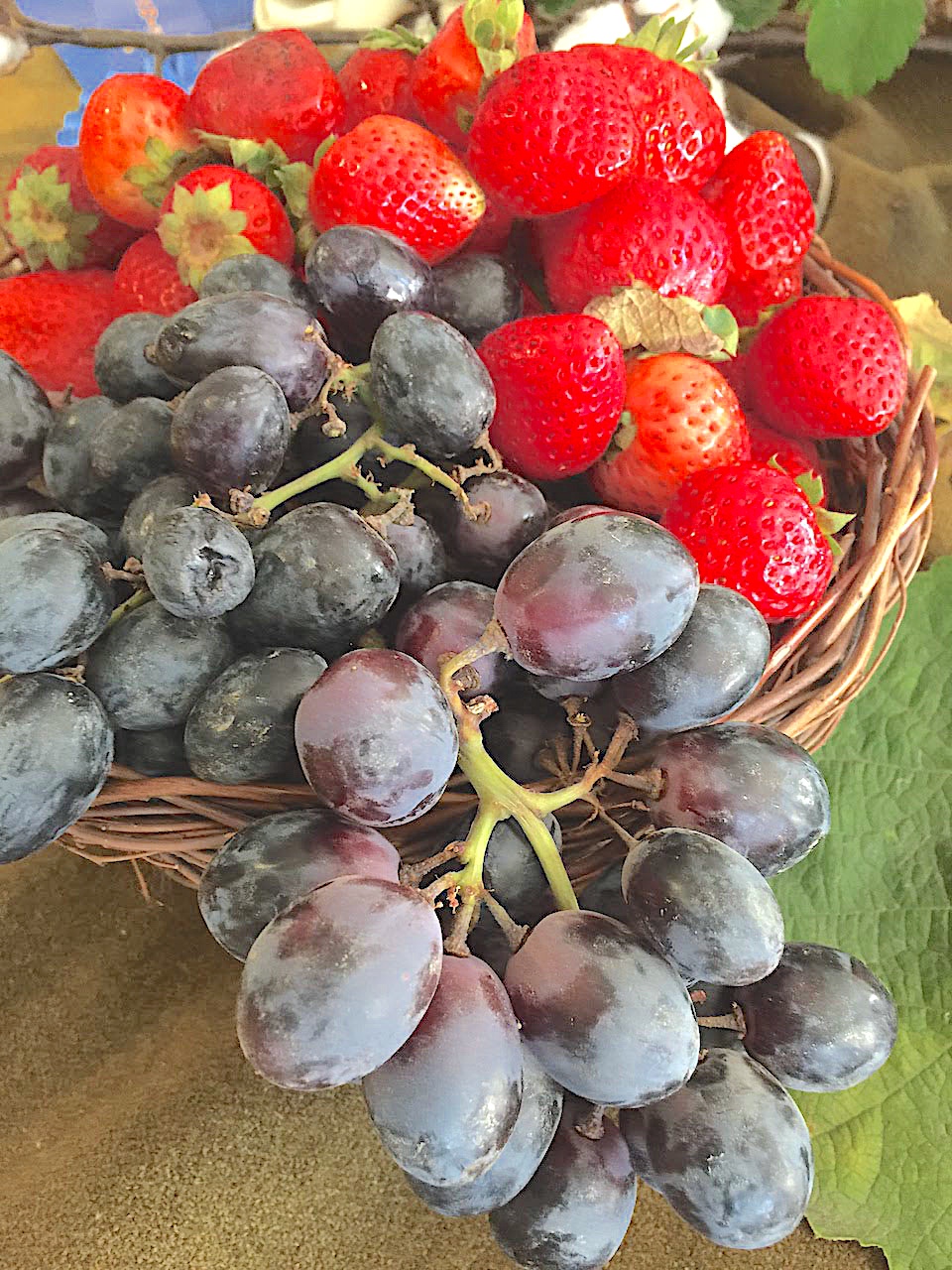
Harvesting strawberries was backbreaking summertime work. The grape harvest meant children missed two and a half months of classes every fall.Talking points: sacrifices of health and education made by field workers and their children for their own survival, but by which all Americans benefit
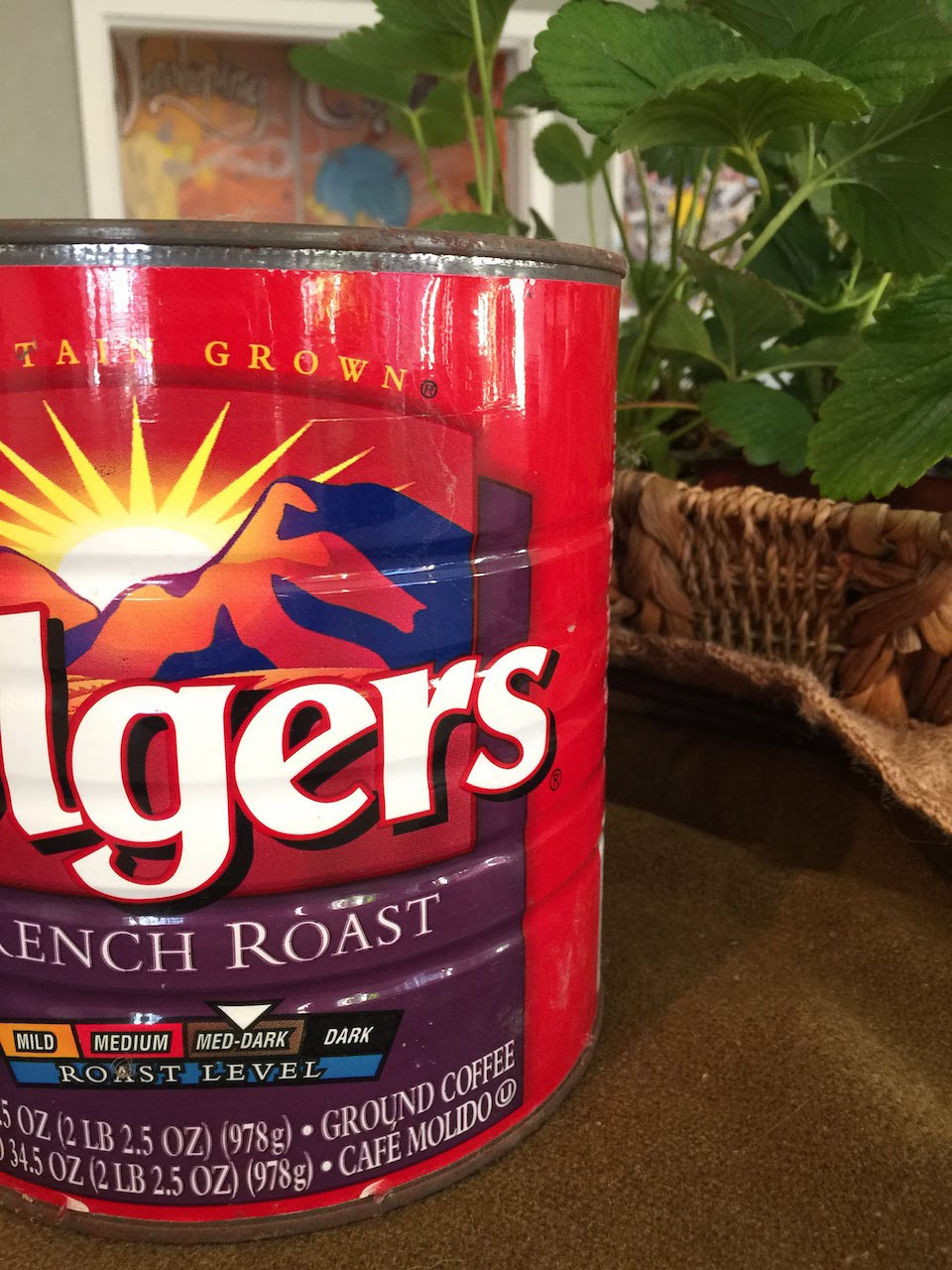
The Jiménez family would use a red Folger’s coffee can as a bathroom during the night when it was too cold to go outside. This can also reminds us of the Hills Bros. coffee can that helped Francisco save the minnows from muddy puddles after the flood. Talking points: poverty, resourcefulness
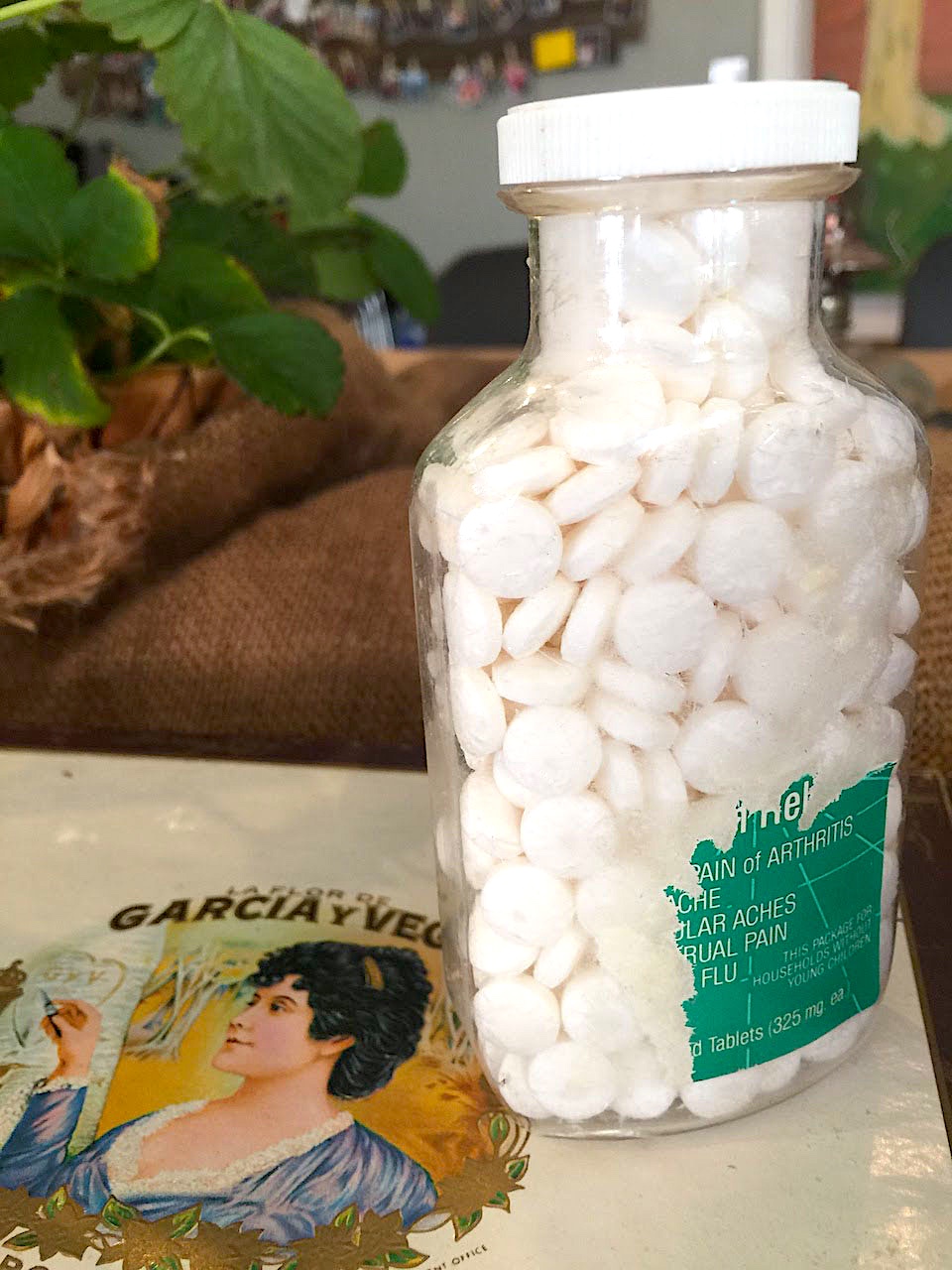
Papa took lots of aspirin to help manage the pain in his back caused by years of heavy field work. Talking points: difficulty of work, lack of safety/health protocols, lack of money for a doctor, sacrifice of father for family
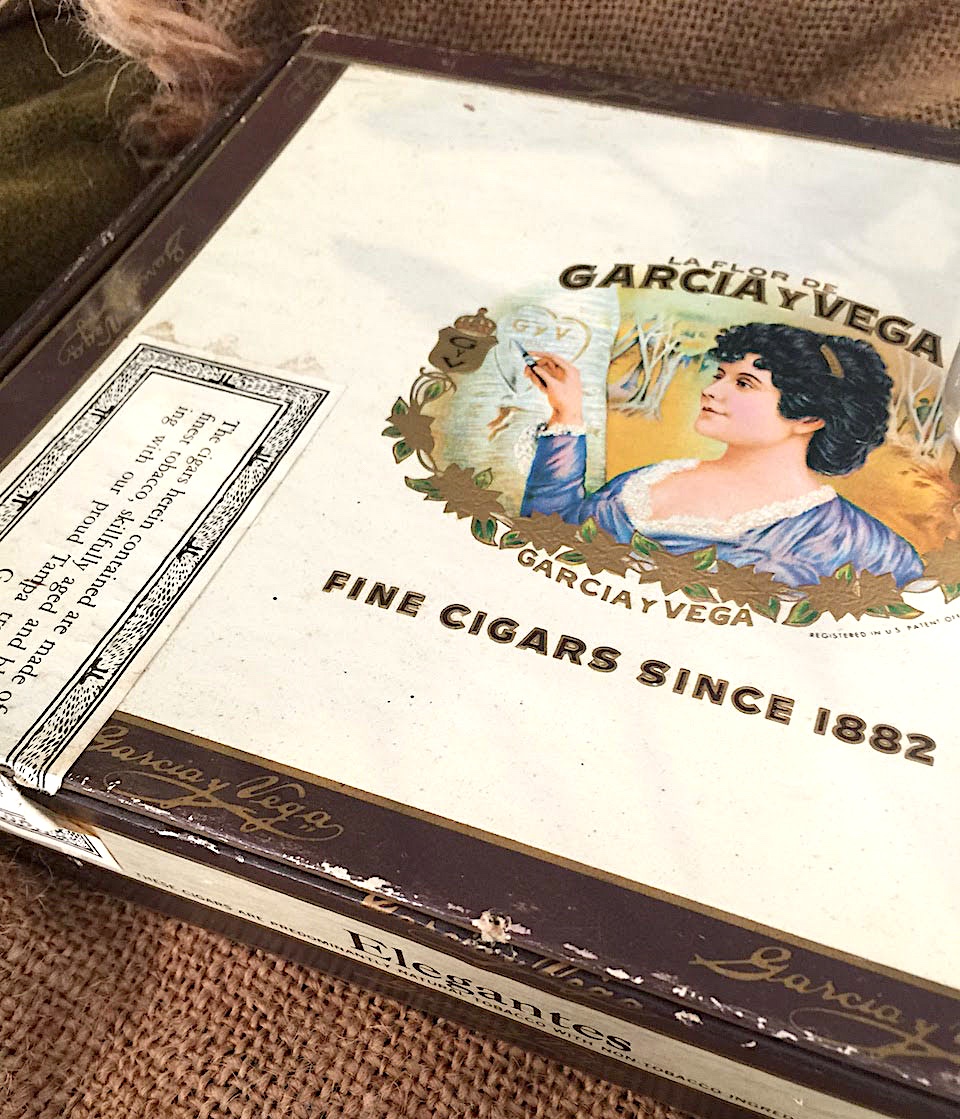
Francisco buried the parrot El Perico in a cigar box he found in Mr. Jacobson’s garbage can. Talking points: friendship, Papa's rage and where it came from, forgiveness, coping with loss

Mamá cooked frijoles de la olla (beans cooked in a pot) for the boarders and for her family. Her old dented-and-dinged galvanized pot was special to her. Talking points: resourcefulness, poverty, comfort, Mama's role, the nutrition value of frijoles
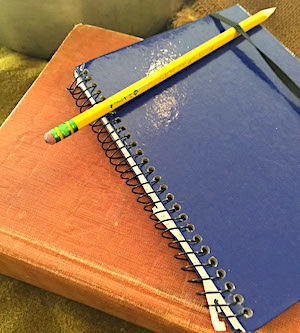
Francisco’s wrote English words and their definitions in his "librito" and would study while he worked in the fields. He lost this notebook in the fire, but his mother reminded him he had all the important things he’d written stored in his heart and mind. Talking points: resourcefulness, determination, self-education, Francisco's developing love of language and eventual career as a professor
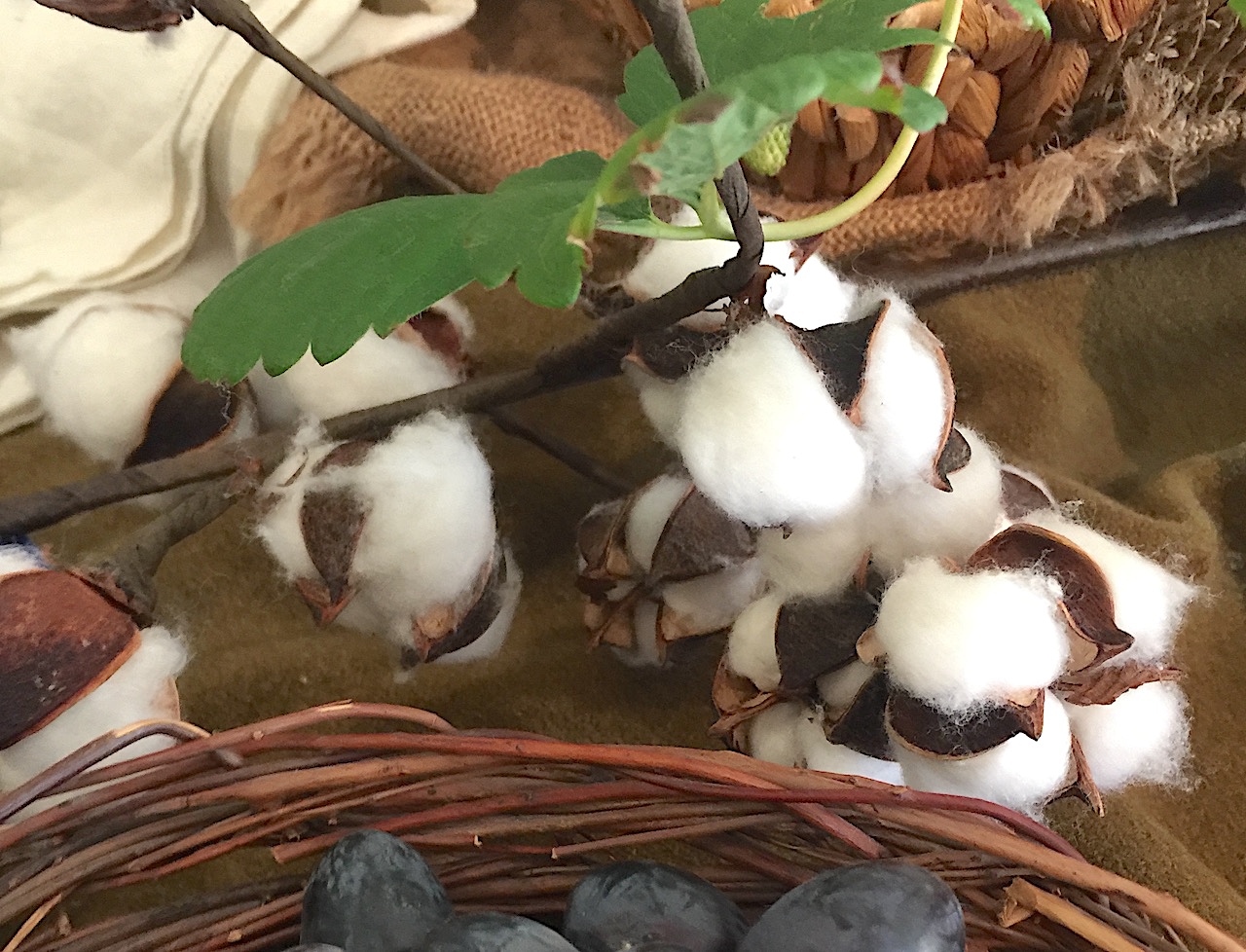
The Jiménez family picked cotton throughout California during the harvest season in hopes of saving enough money to see them through the winter. Talking points: survival, determination, poverty, teamwork
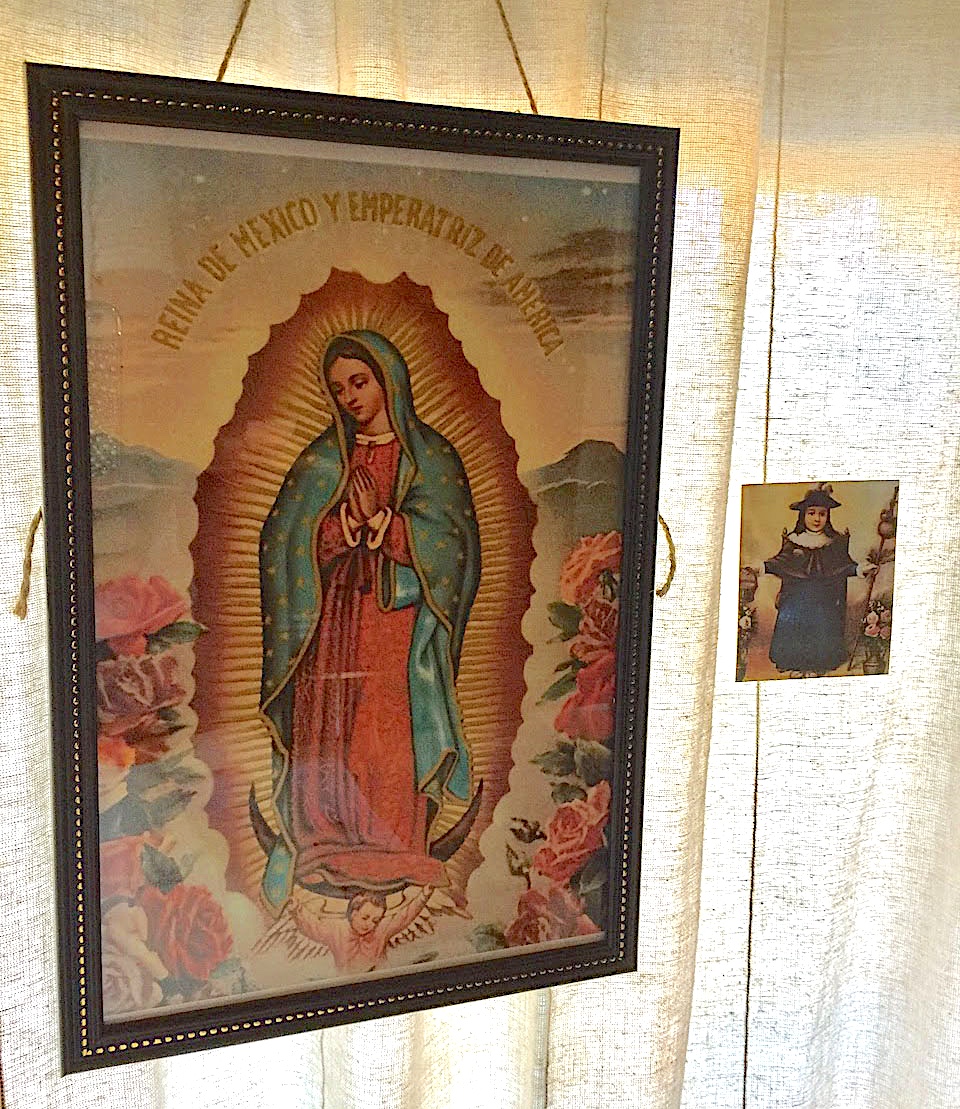
Papá had a tattered holy card of Santo Niño de Atocha (to whom they prayed for Torito's recovery) which he pinned to the canvas wall next to the picture of the Virgen de Guadalupe. These images are included in our printables set. Talking points: importance of faith to Papa, Torito's illness, lack of money for medical care, why Mama snapped at Francisco
Creative Teaching Idea #2
The Circuit is an eye-opening, heart-opening book, in large part because it’s written in a quiet, simple, nonjudgmental way, from a child’s point of view. That child is the author himself, but his book doesn’t just let us in on one boy’s life—it’s representative of many migrant children’s lives, past and present. This activity introduces your kids to Dr. Francisco Jiménez, and lets them practice some note-taking, too.
Photo by permission of Francisco Jiménez.
The life story of Francisco Jiménez cannot be better relayed than through his childhood memoir, The Circuit (and its sequels). Start your experience of this story by sharing how The Circuit came to be.
How this book came to be
Francisco Jiménez was inspired to tell his life story by Mrs. Bell, his high school English teacher. She had assigned his class to write an autobiographical essay, and he had written about his brother nearly dying. Mrs. Bell saw that there were similarities between his story and Steinbeck’s The Grapes of Wrath, so she gave it to him. He struggled with its difficult vocabulary and length, but was mesmerized by the story. The Joad family’s feelings and experiences resonated with him, and he saw “the power of language and literature to move hearts and minds: "And for the first time I realized that my own story as an immigrant, the story of my family as migrant workers, was part of the American story just like the Joad family.”
Not only did his teacher encourage him to to read a classic in English for the pleasure of it, she encouraged him to write! Ask the kids to share a family memory of their own, and to think about how they might write their own chapter about that memory.
Biographical presentation by the author
For a retrospective and broader view, show the kids Dr. Jiménez' biographical presentation, "Living and Writing a Migrant's Life" (1.17 hours). If you'd like a worksheet for author note-taking and conversation-starting, there's one in our printables set.
For further information
We encourage you to read through the interviews and biographical articles about Francisco Jiménez in our Learning Links.
We were so honored to have Dr. Francisco Jiménez's warm support, which included his generous sharing of family photos. He’s a wonderful role model for kids AND us, of how to live a life of integrity with grace and kindness—and make a world of difference. The Circuit is proof that life-changing books are really great people in print!

Creative Teaching Idea #3
Chapter 1
Francisco’s story starts out in the town of El Rancho Blanco, in the Mexican state of Jalisco, and continues through different growing regions of southern California. In this mapping activity, kids trace "the circuit" on a map, taste crops of those regions, and learn about field workers' experiences and history.
Francisco's story begins with his family's journey from El Rancho Blanco in Jalisco, Mexico to Guadalupe, California. Zoom in and out in Google maps to explore "the circuit" locations below, while your kids mark them on a printed map of California (or on the setting worksheet in our printables set):
Santa Maria (strawberries)
Orosi (grapes)
Fresno (grapes, cotton)
Soledad (cotton)
Santa Maria again (strawberries)
Have the kids pause after marking each location to take a bite of that region's harvest. As they nibble on strawberries, grapes, and then cotton candy, show them a short video related to each harvest:
the story of a farm worker's daughter who grew up to run a strawberry farm in Santa Maria
a short bio of Cesar Chavez, founder of the National Farmworkers Union and successful activist against poisonous pesticides used on grapes
a silent film of people picking cotton in the 1940s
Finally, tell them about the Bracero program (1942-1964), through which so many Mexicans came to work in America, not only legally but by invitation. There's a history worksheet for this in our printables set.
LitWits makes a small commission on supplies or books you buy through our Amazon affiliate links.
Creative Teaching Idea #4
Chapter 3
The day Francisco’s butterfly drawing wins first place is also the day the monarch butterfly emerges from its chrysalis. In this emulative activity, kids "do what he did" by recreating his drawing, while learning about metamorphosis—and beautiful multi-layered metaphors, too.
The idea here is to replicate Francisco’s experience as much as possible, with school-grade manila paper and Crayola crayons. But the most important thing is for the kids to revel in the pleasure of drawing from nature and go home with a blue ribbon and more knowledge, just like he did!
This activity also gives you the chance to have rich discussions about the metaphor of a caterpillar-turned-butterfly, especially the ideas of isolation, insulation, and transformation. And of course, there’s the etymology of Monarchs, the science of metamorphosis, and the education topics of self-learning and bilingualism.
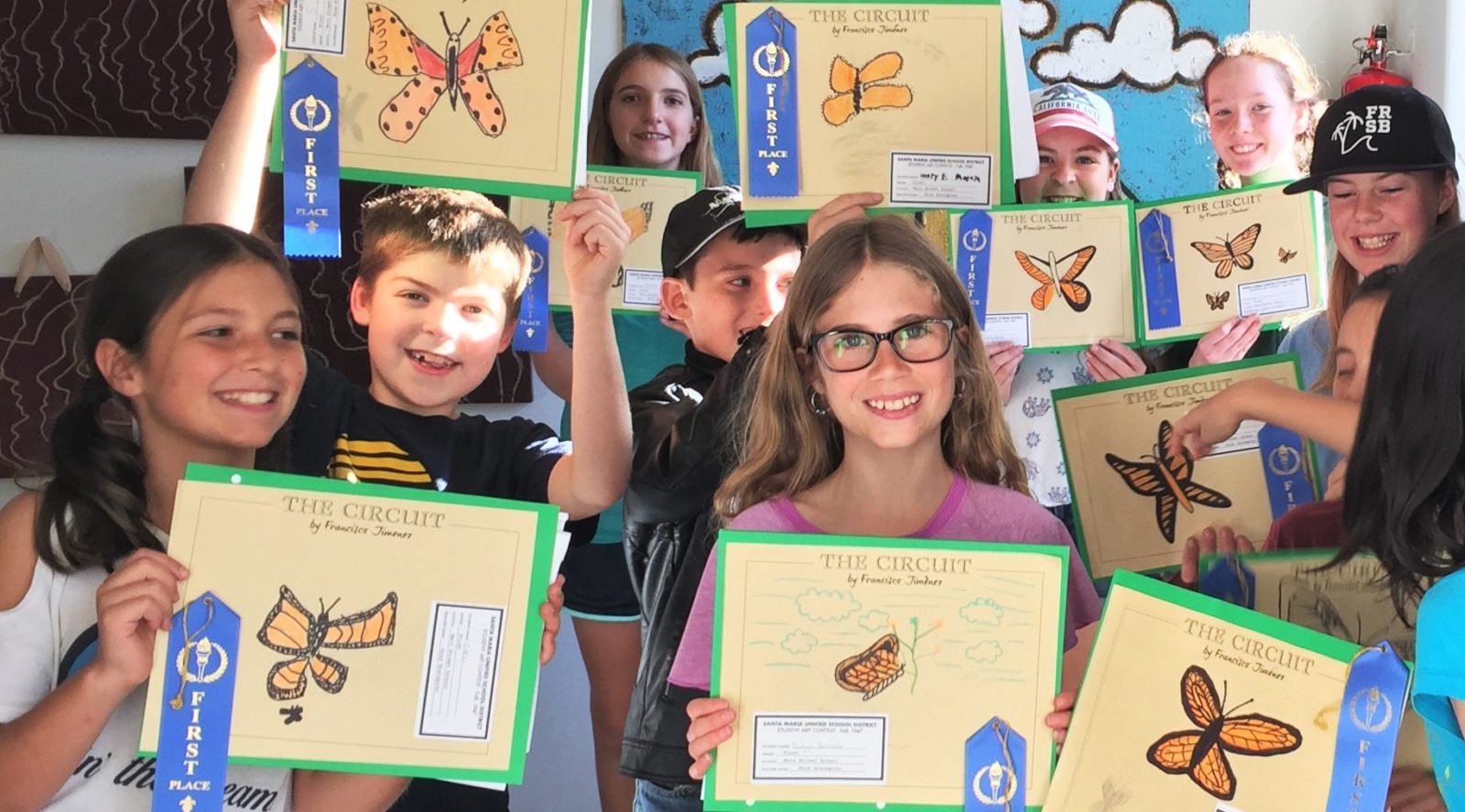
SUPPLIES
crayons in Monarch colors
black felt-tip pens or Sharpies
paper or the printed background template, in our printables set (we printed on manila cardstock)
classroom label - create, or print the one in our printables set
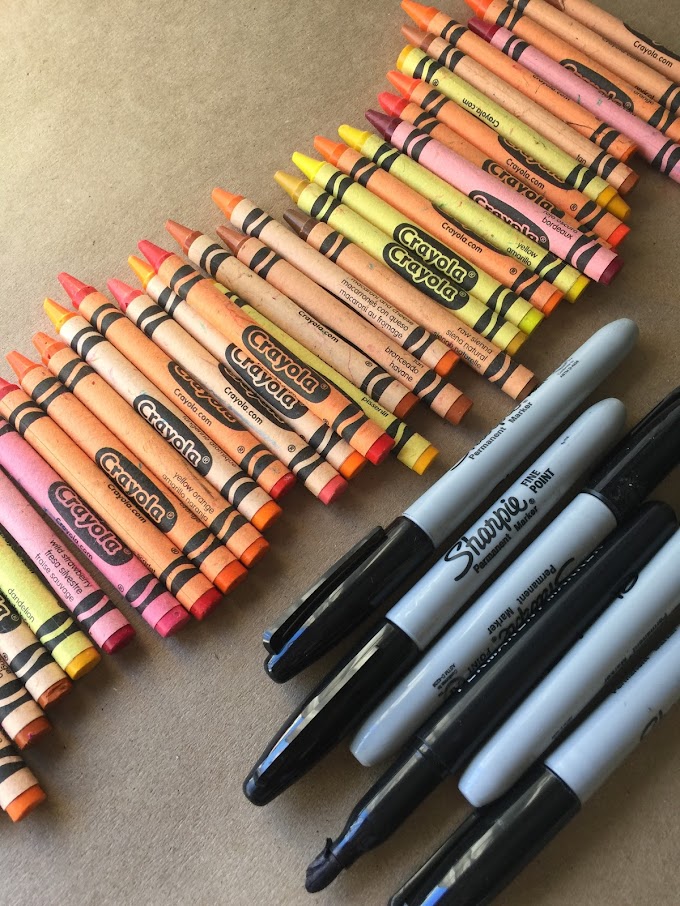
DIRECTIONS
Read the relevant passage from the book.
Ask the kids what parallels they noticed between the emerging butterfly and Francisco.
Hand out paper, crayons, and the template.
Play this video, which not only inspires kids with its detailed drawing of a monarch, but offers interesting educational facts along the way. Ask the kids to pay attention to how the distances traveled by the monarchs on their migration route, and note similarities between the butterflies and field workers like Francisco’s family.
DISCUSSION
When young Francisco was brand new to first grade and unfamiliar with English, the caterpillar in the jar beside him was his first friend. Watching it, feeding it, and learning about it occupied his mind and imagination while the rest of the class was listening to Mrs. Scalapino talk in English.
Why did he look at the caterpillar every time the kids looked at him? (Was it just a distraction, or did he see something of himself in the bug?)
How do the words isolation and insulation apply to both the bug and the boy?
What are some other similarities between the two? (It might get the kids’ “metaphor machinery” going if you point out that both, for instance, are trapped in a container and stared at all day.)
What does Francisco do at his desk after Curtis attacks him?
What similar thing did the caterpillar do that same day?
Talk about the process of metamorphosis, or show the video below. It was Francisco who first noticed the caterpillar’s transformation, and was given the privilege of opening the jar and setting the new butterfly free.
How was its development from a hidden bug into a free-flying butterfly like the changes in Francisco that same day?
LitWits makes a small commission on supplies or books you buy through our Amazon affiliate links.

Creative Teaching Idea #5
Chapter 4
While the story makes it clear that field work hurts pickers’ backs, there’s nothing like experience to inspire genuine empathy. In this activity, kids learn the right way to pick strawberries, then try a "row." They'll feel the backache fast, for a moment—that's likely all they can handle—but the ache of empathy for a lifetime.
SETUP
Show the kids at least half of this 4-minute video of strawberry picking, so they can see how it’s properly done.
Note that the berries must be chosen for just the right ripeness, and packed with care into the plastic packaging.
Point out that workers are running to and from the trucks because they’re paid by volume per hour—more berries in a shorter time pays better. A reporter who tried strawberry picking for a day thought he was doing pretty well at two flats per hour, despite his sore back and exhaustion. Then he found out he’d have to pick five flats just to make minimum wage.
DIRECTIONS
Once you’ve shown the kids how to pick, have them crouch down and pretend to pluck berries as they move down an imagined row (e.g., wall to wall or any 20-30' space). They won’t get far before they realize it’s much, much harder than it looks. Those who make it to the end of the "row" and back will be feeling it. And they’re not outside in the heat, or dealing with bee stings, rats, snakes, pesticides, or many other hazards! (For other hard facts and deeper detail about risks, here's a 2022 study of California farmworker conditions by the University of Merced's Community and Labor Center.)
Now ask them to imagine doing that all day long. Farm workers today spend long hours bent over rows of low-growing produce, often in extreme heat, and most suffer from chronic back pain. Tell your kids they have the power to help make positive changes even now, as children.
Creative Teaching Idea #6
Chapter 4
Kids love to taste food from a story, and it's a great chance to share that food's importance, in the book and beyond. In this sensory activity, kids enjoy tortillas and frijoles de la olla, which represent key plot points and the big ideas of family, community, poverty, resourcefulness, and Mexican culture.
The Circuit is full of serious issues we want kids to be thoughtful about. It’s also full of happy, heartwarming vignettes that show a deep love of life and family. Mamá's cooking, especially of tortillas and traditional frijoles de la olla, is a powerful symbol of that love.
The beans she cooks are also nutritious and filling, which is why they’re a staple in migrant farm worker communities. In this story they're served daily as a readily available, inexpensive, high-protein food. And they're scrumptious, too—canned beans cannot compare! Having said that, by all means, get storebought beans and tortillas if you time and energy are in short supply! Either way, your kids will declare “Mexican beans in a pot” to be their new favorite food.
Listening to samples of corridos and 1940s Mexican music while they eat will make frijoles and tortillas taste even better. Now is also a good time to do the vocabulary worksheet in our printables set, because frijoles de la olla and corridos are two of the Spanish words on it.
Plot connections
When little Torito is so sick the family fears he will die, Mamá still manages to serve dinner to the boarders—she just hopes they won’t mind that it’s only beans. But of course they don’t mind; they understand. Beans also play a role in the climactic fire, which begins when Mamá strikes a match to heat the pot.
LitWits makes a small commission on supplies or books you buy through our Amazon affiliate links.
Creative Teaching Idea #7
Chapter 6
Papá can't afford a 25-cent handkerchief for Mamá, not even to help a desperate couple earn a few cents—yet later he secretly finds a way. In this activity, kids honor his desire to give by wrapping up an even sweeter gift for their own Mamá or any other woman special to them.
One of the most poignant scenes in The Circuit is when Papá gives Mamá the handkerchief she had wanted him to buy from the man whose wife had made it. That couple had so desperately needed the 25 cents they were asking, but Papá had said no at the time, because he couldn't afford it. Somehow, later, though, he'd made it work. It's a scene where we see that a little can go a long way into the heart.
On the other hand, the sadness the kids felt about only getting candy for Christmas is heartbreaking. To symbolize the poverty and the love that supersedes it, have the kids tie up a handkerchief of candy with a ribbon, as a gift for their own mom or another special woman in their lives.
SUPPLIES
brightly wrapped chocolates—we like that these are called Promises (Mama probably wouldn't want strawberry candies, but they too would make an excellent connection to this story)
paper for writing the excerpt—we haven't included the excerpt in our printables, to respect the copyright, but you could have the kids handwrite it out to create the tag—besides, they'll remember it longer that way:
At dawn, my brothers and I scrambled to get the presents that had been placed next to our shoes. I picked mine up and nervously tore at the butcher-paper wrapping: a bag of candy. Roberto, Trampita, and Torito looked sadly at me and at each other. They, too, had received a bag of candy. Searching for words to tell Mamá how I felt, I looked up at her. Her eyes were full of tears. Papá, who was sitting next to her on the mattress, lifted its corner and pulled out from underneath the white embroidered handkerchief. He tenderly handed it to Mamá, saying, “Feliz Navidad, vieja.”- Ch. 6
LitWits makes a small commission on supplies or books you buy through our Amazon affiliate links.

Creative Teaching Idea #8
Chapter 10
This book is more than a valuable history lesson, or proof of the importance of education. Gabriel's refusal to pull a plow like an animal is one example of the book's many character lessons. In this discussion and writing activity, kids learn from the author that character is always and everywhere what matters most.
First, explain to the kids that character is what people have come to expect of you, based on your actions.
Though Francisco Jiménez grew up to earn a Ph.D in Latin American Literature from Columbia and to win many prestigious awards for his teaching and writing, he has made it very clear, in The Circuit and elsewhere, that character matters more than experience or education. His own character was developed in large part by the adults who taught him, and not just at home and at school, “I have learned a lot from people who are well educated, who are teachers and university professors,” he says. “But I’ve also learned a lot from people like Gabriel [the man who refused to plow like an ox] who don’t have a formal education. And dignity is a lesson I learned from him.”
DIRECTIONS
Read the scene in Chapter 10 wherein Gabriel refuses the contratista's order to pull the plow. Ask the kids to name at least two important things that were at stake for Gabriel (at a minimum, his family's welfare and his dignity). Hold a discussion about the repercussions of keeping and losing each of those.
Why did Gabriel choose to refuse the plow, even though the cost was so high?
Not every character lesson is so clearly delineated. To help kids see the other character lessons “lived out” in this story, ask them for adjectives describing Francisco's family: patient, hard-working, sharing, kind, persevering, unselfish, etc. Have each student write these out, with examples from the story, or make this a class, partner, or group discussion and writing activity.
Creative Teaching Idea #9
Chapter 11
After losing his librito in the fire, Francisco rewrites the Preamble to the Declaration of Independence in his new black pocket book, to memorize and recite it. In this activity kids "do what he did," while developing a new awareness of the Preamble's meaning and purpose.
SETUP
At the Santa Maria dump, Francisco finds a little blue notepad, a librito in which he writes things he wants to learn or remember:
I was behind in English, Miss Martin's favorite subject. Every day she would write a different English word on the blackboard and ask the class to look it up in our dictionaries as fast as we could. […] So I got the idea of writing the words down in my note pad, long with their definitions, and memorizing them. I did this for the rest of the year. And after I left Miss Martin's class, I continued adding new words and their definitions to my note pad. I also wrote other things I needed to learn for school and things I wanted to know by heart, like spelling words, and math and grammar rules. I carried the note pad in my shirt pocket and, while I worked in the fields, memorized the information I had written in it. I took my librito with me wherever I went. -Ch. 11
When Francisco loses his blue notepad in the fire, he feels he has lost his education. But as Mamá tells him, the knowledge is still in his mind—and he's learned the value of writing things down. Later, to memorize the Preamble to the Declaration of Independence, Francisco rewrites the entire thing in his new, black pocket notepad.
(To help kids understand the precious meaning of the Preamble, your might want to pause here to do our "Right to the Heart" paraphrasing worksheet.)
So have your kids rewrite the Preamble too, in their own new, black pocket notepads:
We hold these truths to be self-evident: that all men are created equal; that they are endowed by their creator with certain inalienable rights; that among these are life, liberty, and the pursuit of happiness.
They'll appreciate the fact that they aren’t just rewriting a well-known paragraph as a copy exercise; they're actually doing exactly what Francisco did. And not a fictional Francisco, but a real one, the real author, in real life. Someone for whom that Preamble had had extra valuable meaning. This imbues writing time with a reverent quality, creating a quiet mood of respect and diligence.
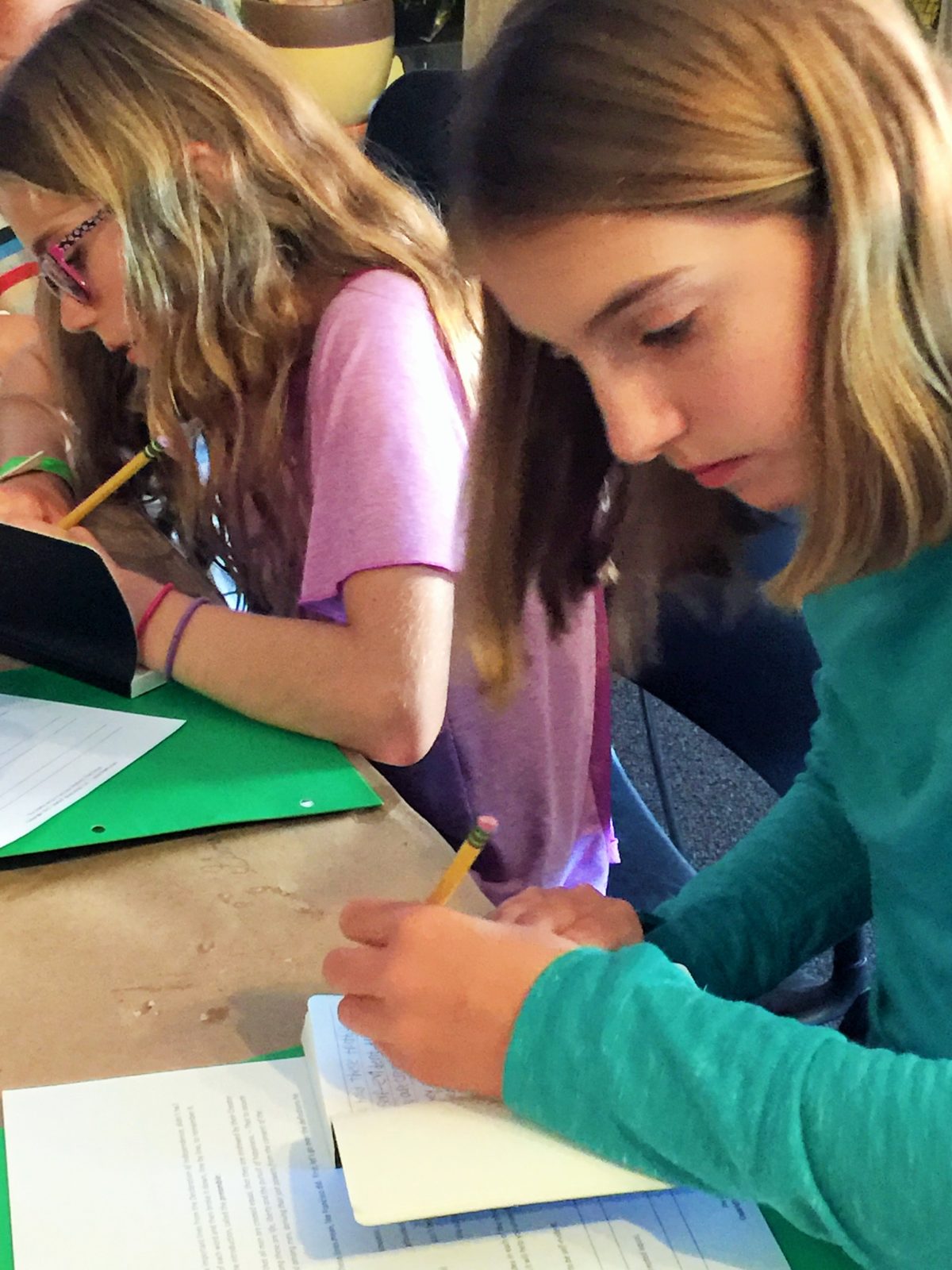
“Doing what Francisco did” helps kids keep his purpose in mind, too: to memorize it for recitation. In our own classroom, when the kids finished, several of them asked if they could recite the Preamble, which inspired the others to try and do the same.
A whole room full of students eager to recite from a critical American document? And all without “making” them do that? YES!! That’s the power of The Circuit.
LitWits makes a small commission on supplies or books you buy through our Amazon affiliate links.
Creative Teaching Idea #10
Chapter 10
We love a project loaded with meaningful metaphors, and this one has layer upon layer, inside and out—literally! (Literally literally!) In this activity, kids layer El Angel del Oro's "fishbowl of friendship" with powerful words, then fill it with a strawberry plant. And the metaphors don't stop there!
This project begins with a “fishbowl of friendship,” evoking the little minnow Francisco rescues from a puddle, and its home in a bowl with his neighbor’s goldfish, El Angel del Oro. The bowl gets covered with copies of the Preamble to the Declaration of Independence, which Francisco had been ready to recite when the U.S. Border Patrol officers entered his classroom.
Over this text, thematic words from the story are collaged, such as compassion, family, equality, and sacrifice.
Then a single strawberry is planted inside the bowl, while you talk about the hard work of harvest and all the summers Francisco and his family spent bending over these plants in fields throughout California—the long days that whole families still spend bent over crops. Your kids can eventually transplant the strawberries outdoors, then use the collaged bowl as a pencil holder. As such it will serve as a reminder of how important education was to Francisco (and still is—in fact, he’s a highly esteemed, award-winning professor).
TALKING POINTS
Besides the many talking points mentioned and linked above, our "Big Ideas Bowl" layers lots of big concepts:
friendship (the bowl)
circuits and cycles (the shape, the plant)
farm workers and migrant life (the strawberry plant/transplant)
freedom and independence (the Preamble text)
big-hearted ideas (the theme words)
unity (the way it all comes together as one—as should we!)
education (the pencils, after the strawberry is gone)
SUPPLIES
collage papers (Preamble and theme words), write your own or use those in our printables set
parchment paper (for printing collage papers)
scissors
strawberry plants
DIRECTIONS
Cut or tear the Preamble into 1-2″ pieces. (Cringe cringe! Remind yourself it’s just a copy!) It will be easier to cover the curves using smaller pieces.
Cut or tear out the theme words.
Paint or smear ModPodge on the bowl one section at a time, then cover with the Preamble pieces.
Top that text with the “theme words.” By the time you’re all done, no glass should be showing (except on the bottom and inside). Your kids will have fun getting pretty messy with this, using their fingers to get the whole bowl covered in goo and the papers glued down.
Cover the entire project with a thin layer of ModPodge, which will dry clear and prevent loose flappy corners or wrinkly gaps.
When the bowls are dry, set the plants inside and surround them with potting soil. Water the plants but not too much, as there’s no hole in the bottom for drainage.
Tell the kids that once they’ve enjoyed tending their plants for a bit, and have soaked up all the symbolism, the strawberries should be transplanted to a sunny pot or to a garden spot. These plants will remain fruitful year after year, making a complete circuit from season to season.
At that point, the fishbowl will become a pencil jar, representing friendship, education, and the power of words—including the words that fill this powerful book.
LitWits makes a small commission on supplies or books you buy through our Amazon affiliate links.

Creative Teaching Idea #11
Farm work has always been done by people who work hard and don’t get paid much (or at all), usually immigrants or enslaved people. In this discussion activity, kids learn some historical and present-day facts, and choose a way to help everyone's hardworking helpers.
TALKING POINTS
California crops used to be harvested mainly by immigrant Chinese workers in the late 1800s, followed by Japanese, Filipino and, more recently, Mexican laborers. The history worksheet in our printables set gives an overview of the Bracero Program.
Ask the kids what comes to mind when they think of farm workers, or take this quiz together as a class. Talk about the conditions they work in and the challenges they face. Growing and harvesting crops takes a lot of muscle and sweat in all kinds of weather, right? So it’s not surprising that most of us think of strong adult men. But the truth is that across the United States our food is harvested by a work force that includes hundreds of thousands of teens and children. (You might want to share this 5-minute video about children working in the fields.)
Farm workers face so many serious issues, and there are many ways to help make a difference. Or perhaps there’s another population of deserving but under-served workers in your area, such as those in factories, mines, or other low-paying, labor-intensive industries. If your kids are inspired to effect change, as ours were, encourage them to volunteer, donate goods, and/or raise money as a class or group project.
Creative Teaching Idea #12
Chapter 9
Order, order! Without it, there's no story—just jumbled miscellaneous parts. This activity kids learn the important concept of the narrative arc (useful for all communications!), and understand how Francisco Jiménez arranged The Circuit.
You can discuss the narrative arc in any of these three ways; we've found the first to be the most engaging, because it breaks up the discussion into bite-size chunks.
Introduce the concept of the narrative arc up front, but save the story's scenes to discuss as you go, pausing to "do what the characters did" in fun hands-on ways, while weaving in discussions and other worksheets.
OR introduce the concept and complete the worksheet before the activities, so kids have a review of the story fresh in their heads first, and you can remind them "where we are" on the arc as you go.
OR at the end of your activities, introduce the concept, then help kids figure out where the different parts of this story fit on it.
The narrative arc worksheet in our printables set summarizes the story by plot point, and has kids fill in some blanks.
Some of our activity ideas need printables or worksheets. Don't spend hours coming up with your own!
for teaching The Circuit by Francisco Jiménez
Borrow or buy the book, if you don't already have it; you can also listen to an audio version. Reading on a screen should be a last resort. The sensory feel of the pages in your hand, or the sound of someone reading to you, is the first important step in sinking into the sensory experience of this story.
This book is best for ages 8-12. (You can read reviews on Amazon). Here's our short summary of the story:
The Circuit is an autobiographical collection of interconnected stories about the childhood of Dr. Francisco Jiménez, who labored as a migrant farmworker in California in the 1940s and 50s. We learn of his family's struggles with poverty, instability, discrimination, and exploitation, but also of the power of love, perseverance, and hope. It's an uplifting, mind-changing story that educates and inspires—a must-read anytime, and a memorable choice for teaching during Hispanic/Latinx Heritage Month.
LitWits makes a small commission on supplies or books you buy through our Amazon affiliate links.

You can have them read or listen to it on their own, or you can enjoy it together as a class. Most importantly, read only for fun! Tell the kids to simply enjoy the book, without any assignments in mind. It's hard to get caught up in a story if you're supposed to be looking for something that takes you out of it.

It's helpful to know this book's big teaching points ahead of time, and explore some fascinating links to add to your lessons. We already found those for you, so you too could enjoy reading the book without an assignment in mind. :) Our teaching ideas connect to these takeaway topics:
Migrant Farm Workers
The point of The Circuit is to inspire compassion and understanding, along with appreciation for what we have and for the work that migrant workers do to put food on the table for millions. It also reveals that sometimes, ironically, it’s their own families who go hungry, or suffer from poor nutrition—a problem that hasn't disappeared since the author's childhood. Migrant farm workers’ labor is essential, yet their income, health, housing, working conditions, and children’s education are far too often substandard. In fact, researchers and aid organizations often refer to migrant farm workers as a tragically “invisible” population. This book helps us not only see them but, more importantly, feel with them.
Metamorphosis
When young Francisco was brand new to first grade and unfamiliar with English, the caterpillar in the jar beside him was his first friend. Its isolation and insulation, followed by its transformation and emergence on the same day Francisco won first place for his butterfly art, evokes many similarities between the insect and the boy. There's a lot to learn here about the process of metamorphosis, but also about the metaphoric value of transformation, and how the author "artfully" applied it to his childhood self, in a grade-school painting and much later in words.
Francisco Jiménez
Dr. Francisco Jiménez is one of our favorite authors, and a local (and nationwide) hero. It was a pleasure to connect with him during our workshop planning, and to have his enthusiastic support. We encourage you to read through the interviews and biographical articles about him in our Learning Links. He’s a wonderful role model for kids AND us, not just of a “difference maker” but of how to live a life of integrity with grace and kindness. And The Circuit is proof that life-changing books are really great people in print.
Francisco is the child on the left, wearing suspenders; the taller boy is his older brother Roberto, and the child in front of him is their little brother, Trampita. Photo used by permission of Francisco Jiménez.

Photo: Library of Congress
Additional topics
We encourage you to explore the supportive Learning Links at the end of this page, especially if you have older or more advanced kids. Make notes as you go, so you’ll remember what you want to share, and when.

Once you've read the book and have a feel for its big ideas, decide which activities to do. Don't feel you need to do them all! Choose one or two or whatever you think will best suit you and your kids. Having said that, here's a sample agenda for a 3-hour "field trip" through a great book.
This sample agenda can be followed in part or in whole, all at once or over weeks—whatever works for you.
Set the tone. Ask the kids how this book made them feel, and why, and what it made them want to do. Point out that the author intended to make readers feel, think, and act—that literature is never just entertainment.
Introduce the author. Next, introduce the author through the biography video provided, to pay tribute to the story’s creator and recognize how his/her life story shows up in the book.
Introduce the arc. Give a brief overview of the concept of the narrative arc (here's our explanation for kids). Assure the kids you'll go through it in detail together.
Find the setting. Get your bearings before you set off! Explore the setting through audiovisual aids, and talk about any setting-specific props,
GET HANDS-ON ! Do the activities you've chosen (we do them in story order, for the most part, but do whatever holds your kids' interest.) Talk about the meaning(s) embedded in each project. Pass around props at relevant points to give the kids a tactile, sensory engagement with a significant item, including food and sounds. Look for moments to pop in an audiovisual—hear that medieval chant! watch that Friesland horse run!
Worksheets: If you're using our worksheets, we suggest weaving them in between activities, to keep the writing light and energy high. This woven blend of doing, talking, and writing is what helps lessons stick, and makes this book more meaningful and memorable for your kids.
Timing: This means you're doing a new activity every 10-20 minutes, so things move quickly and the energy stays high. Of course, if your kids would benefit from a slower pace, by all means take your time. The point is to keep everyone relaxed and having fun—so they're better able to learn. Do whatever best serves your teaching needs, in the order and at the pace that keeps your kids respectfully, happily engaged.
Gather or buy your supplies. You can right-click anywhere on this page to print lists and instructions, if you'd like a hard copy—you'll need to open up the "Read more" drop-downs first.
Do the activity prep you'd rather handle yourself than have your kids do; this will depend on your time, kids' ages and abilities (and how important it is to you that the finished project looks as intended!).
Print the printables you're using, whether you made them or bought our set. Which brings us to . . .
Don't spend hours creating worksheets and printables to use with our activity ideas. We've already made those for you!
Buy our full set, for just about nothing.
Be sure to let us know how it goes! In fact, if your kids have a blast with this book, we'd love your help spreading the word about our resources for teaching children's literature.
Tag and follow us on Instagram, YouTube, Facebook, and Pinterest—and please leave a review!
for teaching The Circuit by Francisco Jiménez
Aw, you’re just the right age, whatever that might be! Just kidding—we know what you mean. We find that 8-12-year-olds are consistently “ready to LitWit.” Generally speaking, their reading level is high enough to take on the vocabulary and syntax of literature, and they’ve acquired enough knowledge to grasp new ideas. Yet they’re still full of wonder, and are highly responsive to the “check this out!” nature of sensory immersion.
However, we often have mature kids of 6-7 in our experiential workshops, and sometimes fun-loving kids of 13-14. As a teacher or parent, you know best what your kids are ready for and interested in.
Yes. Our methods and ideas are adaptable to a wide range of abilities—kids particpate at their own level. The point isn't to come up with a stellar work of art or a perfectly polished project, but to have the experience of doing something the characters did, or a spin on it. After all, those characters were of mixed abilities, too!
This is true of mixed levels of enthusiasm as well. Kids who already love reading are thrilled to get the chance to extend the story, and kids who don't yet believe that stories are fun end up wanting to read (or listen to) more great books.
LitWitting is a flexible, fun way to teach, adaptable to all ages and abilities, so there isn't "one way to do it" —every educator's circumstances and children are different. Having said that, we suggest you follow the narrative arc, and we've provided an example of a simple plan above, under Prep Tips.
But the truth is, if you and your kids are having fun, and when it's over they want more (which means reading another great book), you’re doing it right!
Absolutely—but when you're finished, they'll probably ask if there's something else you can do, or have a suggestion of their own! And that's GREAT! It shows they're liking this kind of learning, and seeing that books can be experiences for them too, not just for the people in the story.
Get your feet wet with a project you think they'll like best, never mind how deep and meaningful it is—even if they're "over" this book, if they know you'll be LitWitting other books, they'll want to read them!
In our workshops, the very most reluctant readers are the ones who, when their mom comes to pick them up, are tugging at her sleeve and saying "sign me up for the next book they're doing!" (We love that they always say "doing!").
They're right here on this page! Just click the "Read more" under each activity for all the details.
You can right-click to print this page, if you'd like a hard copy—be sure to open all the drop-downs first, so the hidden contents will print too.
We keep all this info online so we can include helpful links, make updates in real time, add new ideas, and let you use our materials on a screen.
Sure you can, for your noncommercial use in your family, classroom, library, book club, or wherever! As long as you’re not calling your fun time a “LitWits” event or charging a fee, you can use our ideas and printables to do lots of wonderful things!
Please don’t forward your printables or make copies for people who haven’t paid for them, of course, out of courtesy and to honor our copyright, and per our Terms of Service.
Did you find what you were looking for? Do you still have a question? Are you feeling inspired, but maybe also somewhat overwhelmed? Never fear—we're glad to help! You're literally on our page about inspiring kids to read more, and we'd love to support you as you change the world, one book at a time.
Happy teaching,
Becky and Jenny
Sisters, best friends, and partners
for teaching The Circuit by Francisco Jiménez
Like all children's literature, this book is chock-full of many subjects to explore—from Mexican music and cuisine to the history of California farm labor unions and immigration laws. Browse these curated links to supplement your reading experience, research points of interest, and prompt tangential learning opportunities.
Story Supplements
"Cielito Lindo," a song often sung to comfort a crying baby
"La Frontera" song by Lhasa De Sela
Article about California migrants in the 1940s – “The Migrant Experience” (Library of Congress)
Article – How Japanese and Mexican American farm workers formed an alliance that made history” (Public Radio Int’l)
Short film – Christmas in Tent City (Whalen Films)
Paper – “Agricultural work and chronic musculoskeletal pain among Latino farm workers” (National Center for Biotech Info)
Photos -Migrant Workers and Braceros, 1930s-1964 (Calisphere)
Info – “Bracero History Archive: Introduction and Background Information for Teachers” (consortium project)
Info – Monarch Butterfly (National Geographic)
Article – “Bracero Program Establishes New Migration Patterns” (Oakland Museum)
Music – Corridos Mexican ballads (Smithsonian)
Info – Monarch butterfly (Save Our Monarchs)
PDF – United States Farmworker Factsheet (NC Farmworker Institute)
Video – “The Farm Worker Movement” (PBS Learning Media)
From National Farm Worker Ministry:
“Farm Worker Issues”
“Children in the Fields”
“Education”
PDF – “Farm Workers and Migration: Push and Pull Factors”
Video - "A Farm Worker's Daughter Turns Strawberry Farm Owner" BoldLatina
Video - "Farm Workers" (PBS)
About the Book & Author
Biography - Francisco's remarkable journey
Biography – Interview with the author (The Latino Author)
Biography – “Dr. Francisco Jiménez” (Santa Clara University)
Trailer for biographical film, "The Unbroken Sky"
Dr. Francisco Jimenez - Library of Congress
Bibliography – “Scholarly and Artistic Works: Publications ” (Santa Clara University)
Curriculum Vitae (Santa Clara University)
News – “Francisco Jiménez talks about the importance of education at Fairlawn Elementary” (Lompoc Record)
Article/author photos – “Inspiring Memoirs Tell Journey From Child Farm Worker to Academic” (NBC News)
Article – “Unknown Hero” (Whalen Films)
Video – Interview with the author: Part 1 (Interviewer Frederick W. Marrazzo)
Video – Interview with the author: Part 2
Video – Interview with the author: Part 3
Press about receipt of Luis Leal Literature Award – “From Migrant Child to University Professor” (UC Santa Barbara)
Receipt of John Steinbeck Award -“Francisco Jimenez to Receive Steinbeck Award” (San Jose State)
Dr. Jiménez reads from Breaking Through, the sequel to The Circuit - Library of Congress
Selected reviews (Santa Clara University)
Awards and Recognitions for The Circuit (Santa Clara University)